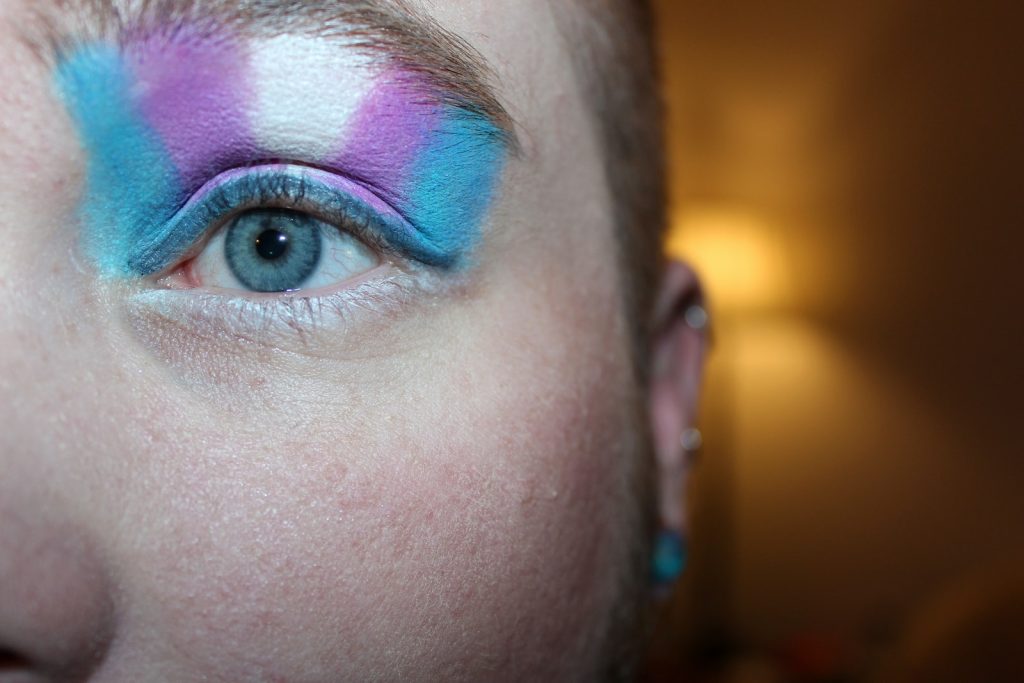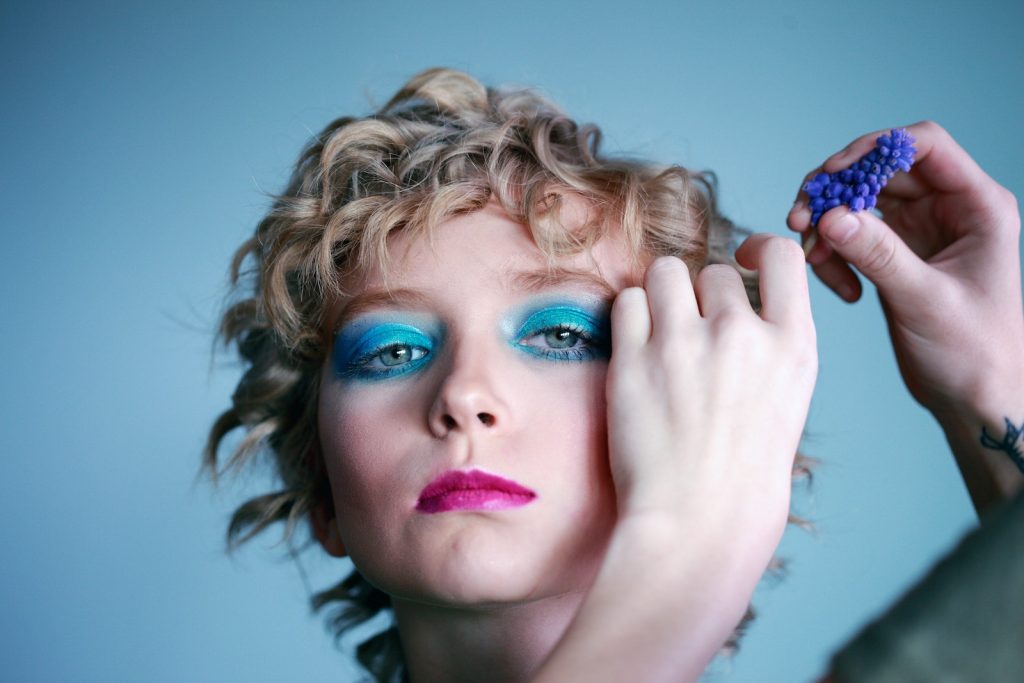Find out how facial feminization surgery (FFS) can help transgender women align their physical appearance with their gender identity.
Table of Contents
How common is MTF surgery?
The number of transgender individuals who undergo gender-affirming surgery, specifically Male to Female (MTF) surgery, is increasing as society becomes more accepting and understanding of the transgender community. MTF surgery refers to a variety of procedures that can help transgender women align their physical appearance with their gender identity. These procedures range from hormone therapy, chest surgery, and facial feminization surgery (FFS) among others.
FFS specifically is a set of procedures that can be used to make a person’s face appear more feminine. These procedures can be performed on transgender women or cisgender women who are looking to make their features more feminine. The exact procedures used will vary depending on the individual’s specific needs and goals. It’s important to note that not all transgender women will choose to undergo surgery, as some may prefer to use hormone therapy or other non-surgical methods to feminize their appearance.
Are feminine faces more attractive?
The idea of what is considered to be an attractive face can vary greatly depending on cultural and societal norms, as well as individual preferences. In general, a feminine face is often characterized by certain features such as a smaller and more delicate jawline, a more smooth and flattened forehead, a well-augmented and proportioned cheeks, and a smaller and more defined nose. These features are commonly associated with femininity and are often considered to be attractive. Additionally, a softer and more rounded hairline, higher cheekbones, and a more defined cupid’s bow can also be associated with femininity and attractiveness.
However, it is important to note that attractiveness is a subjective concept. Beauty and attractiveness are multifaceted and have many different forms. Remember that everyone’s perception of beauty is different!
Why are feminine faces more attractive?
The idea that feminine faces are more attractive is rooted in evolutionary psychology. In many cultures and throughout history, there has been a preference for feminine faces because they are associated with youth, fertility, and good health. Research has shown that feminine faces are often perceived as more attractive because they possess features such as a smaller jaw, larger eyes, and a more prominent forehead, which are commonly associated with youth and femininity. Additionally, feminine faces also tend to have a more delicate and symmetric structure, which is also associated with health and fertility.
However, it is important to note that attractiveness is a complex and multidimensional concept that is shaped by various cultural, social, and personal factors. Furthermore, this idea of what is considered attractive is constantly changing and evolving.

How to look like a girl as a guy?
As a transgender, androgyny, non-binary individual, it is important to understand that looking like a girl is a multifaceted process that involves more than just physical appearance. It is important to understand that gender identity is complex (especially for transgender individuals), and looking like a girl may involve a combination of different steps.
Facial feminization surgery (FFS) is a set of procedures that can help individuals to align their facial appearance with their gender identity. FFS can include a variety of procedures such as forehead contouring, jaw and chin reshaping, and rhinoplasty (nose reshaping) that can be used to make a person’s face appear more feminine. These procedures can address features that are commonly thought of as masculine and reshape them to create a more feminine appearance. It’s important to consult with a qualified and experienced surgeon to discuss your goals and expectations before undergoing the procedure.
Additionally, hormone therapy, also known as hormone replacement therapy (HRT) for transgender individuals, can help to feminize the body by decreasing the levels of testosterone and increasing the levels of estrogen.

How do I reclaim my feminine?
Reclaiming femininity can be a complex and personal process that may involve a combination of different steps. One way to reclaim femininity is through hormone therapy (HRT). HRT can help to feminize the body by decreasing the levels of testosterone and increasing the levels of estrogen. This can lead to changes such as breast growth, softer skin, shrink of penis and testicles, and a reduction in body and facial hair.
Another way to reclaim femininity is through facial feminization surgery (FFS) and other plastic surgery procedures. FFS is a set of procedures that can help transgender individuals to align their facial appearance with their gender identity. FFS can include a variety of procedures such as forehead contouring, jaw and chin reshaping, and rhinoplasty (nose reshaping) that can be used to make a person’s face appear more feminine. These procedures can address features that are commonly thought of as masculine and reshape them to create a more feminine appearance.
It’s important to understand that reclaiming femininity can be a lifelong journey, and that everyone’s experience will be different. It’s essential to consult with a qualified healthcare professional to help you navigate through the process and to decide what steps are appropriate for you.
How much does facial feminization cost?
The cost of facial feminization surgery (FFS) can vary depending on the specific procedures to be performed, the surgeon’s fees, and the location of the clinic. On average, the cost of FFS can range from $5000 to $15000, though it can be higher or lower depending on the specific procedures to be performed and the surgeon’s fees. It’s important to keep in mind that this is only an estimate, and you can contact our hospital directly for more accurate pricing information. It’s also important to note that the cost of the surgery does not include the cost of travel, accommodation, or post-operative care, which can add additional expenses to the total cost of the surgery.









